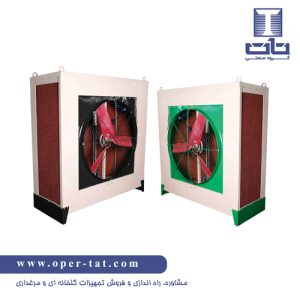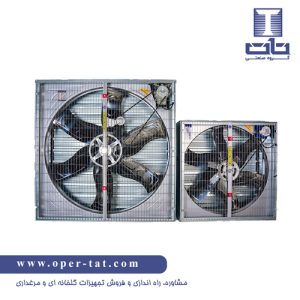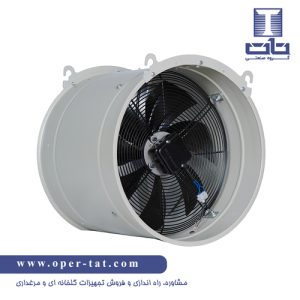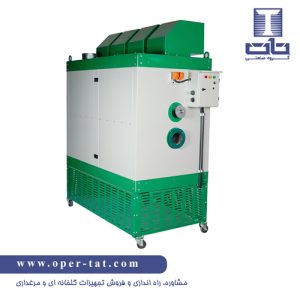Estimated study time: 4 minutes
To check the history of the greenhouse, one must travel to the 17th century in Europe. When the king of Egypt needed to consume summer vegetables like cucumber due to illness. His gardener built a paper chamber for cultivation due to the unfavorable environmental conditions. This was the first man-made greenhouse.
The first modern greenhouse was built in the 19th century by Charles Lucien Bonaparte, who was a French botanist, to grow medicinal plants.
The world’s largest spherical greenhouse: Eden greenhouse
In the 20th century, spherical structures were used to build greenhouses. The largest built type of this type of greenhouse is the Eden Project in Cornwall, England. which is registered as the world’s largest greenhouse in the Guinness Book of Records. This garden is one of the most important projects of Hazara buildings. Garden of Eden is built in the area of a 160-year-old mine in the form of 3 very large bubble-shaped structures. In each of these 3 bubble-shaped greenhouses, 3 different types of weather conditions, including rainforest, Mediterranean, and one of them, the weather conditions of the same environment, have been designed and simulated.
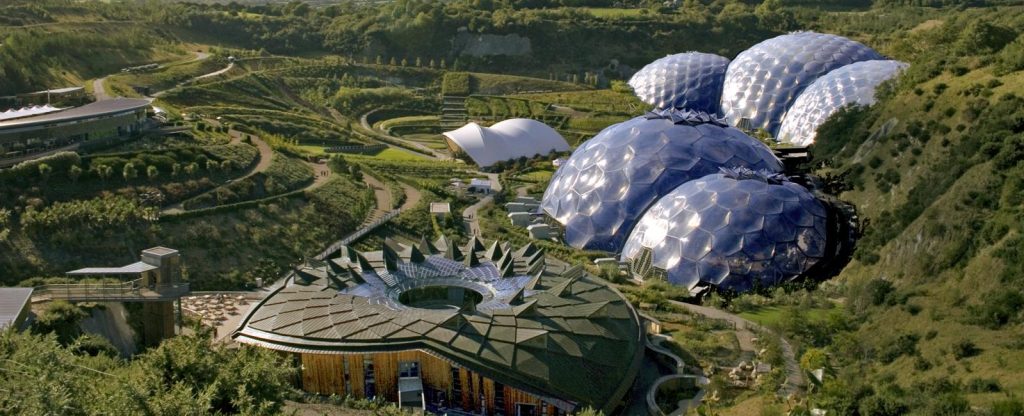
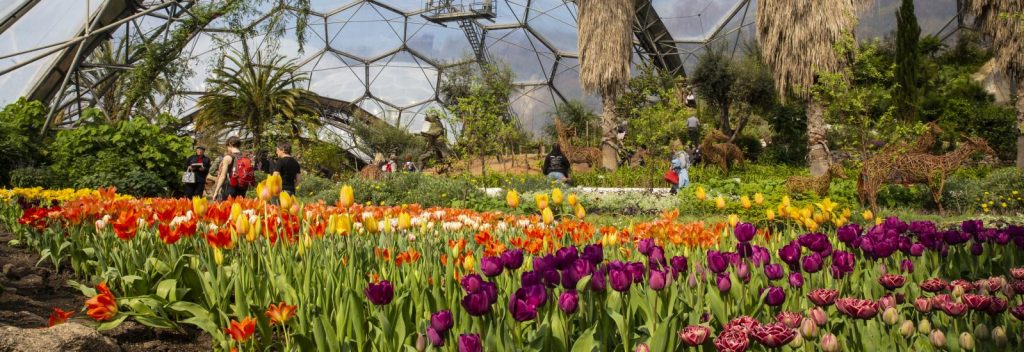
A look at the history and greenhouse industry in America and Europe
Currently, 50 countries in the world grow their crops on a commercial scale in greenhouses.
In America, 400 hectares of greenhouses are dedicated to the production of ornamental plants, and their income from this activity is 8.2 billion dollars per year.
In Spain, 25 hectares of land are under greenhouse cultivation. This amount is 500 hectares in Italy. Most of the greenhouses in these two countries are dedicated to vegetables and summer crops such as watermelon, pepper, cucumber, tomato, strawberry and beans.
In Canada, like the United States, the greenhouse industry is dedicated to growing ornamental plants and out-of-season plants.
The Netherlands does not need to be introduced, because the name of this country subconsciously reminds the listener of the flower garden. This country is one of the exporters of flowers and vegetables in the world. 600.89 hectares of land in this country are cultivated with greenhouse crops. It should also be mentioned that the technologies used in greenhouses of the Netherlands are among the most modern cultivation methods in the world.
But it must be said that with all the fame of the Netherlands in the field of cut flowers, Israel is considered the largest producer of cut flowers. More than 15,000 hectares of land in this country is covered by greenhouses.
Greenhouse equipment, Tat Industrial Group
Greenhouse industry in Asia
Due to the environmental conditions, greenhouse crops are highly prosperous in the neighboring countries of Iran and the Persian Gulf.
Also, 10,000 hectares of Turkish lands are dedicated to the cultivation of ornamental plants and all kinds of vegetables and summer plants.
In Asia, China and Japan are leaders in greenhouse cultivation. In China, 11,000 hectares of land are under greenhouse cultivation of crops such as grapes, cherries, figs, and mangoes.
Greenhouse cultivation has made it possible to grow even in countries that are exposed to extreme cold, such as Canada and northern Russia.
In general, greenhouse cultivation is possible in all countries with all environmental conditions.
History of greenhouse in Iran
In 1355, the first greenhouse in Kerman city was built by the Germans, which was a glass greenhouse with a metal frame.
Aras is the center of greenhouse cultivation in Iran due to its vast and fertile plains. Every year, 23 thousand tons of summer vegetables are produced in the greenhouses of this city.
25% of the country’s greenhouses have been built in Tehran.
To see more videos, you can refer to the Instagram page and the Apparat page of Tat Industrial Group.


